Illustrators share the art of making comics in Apple workshop series
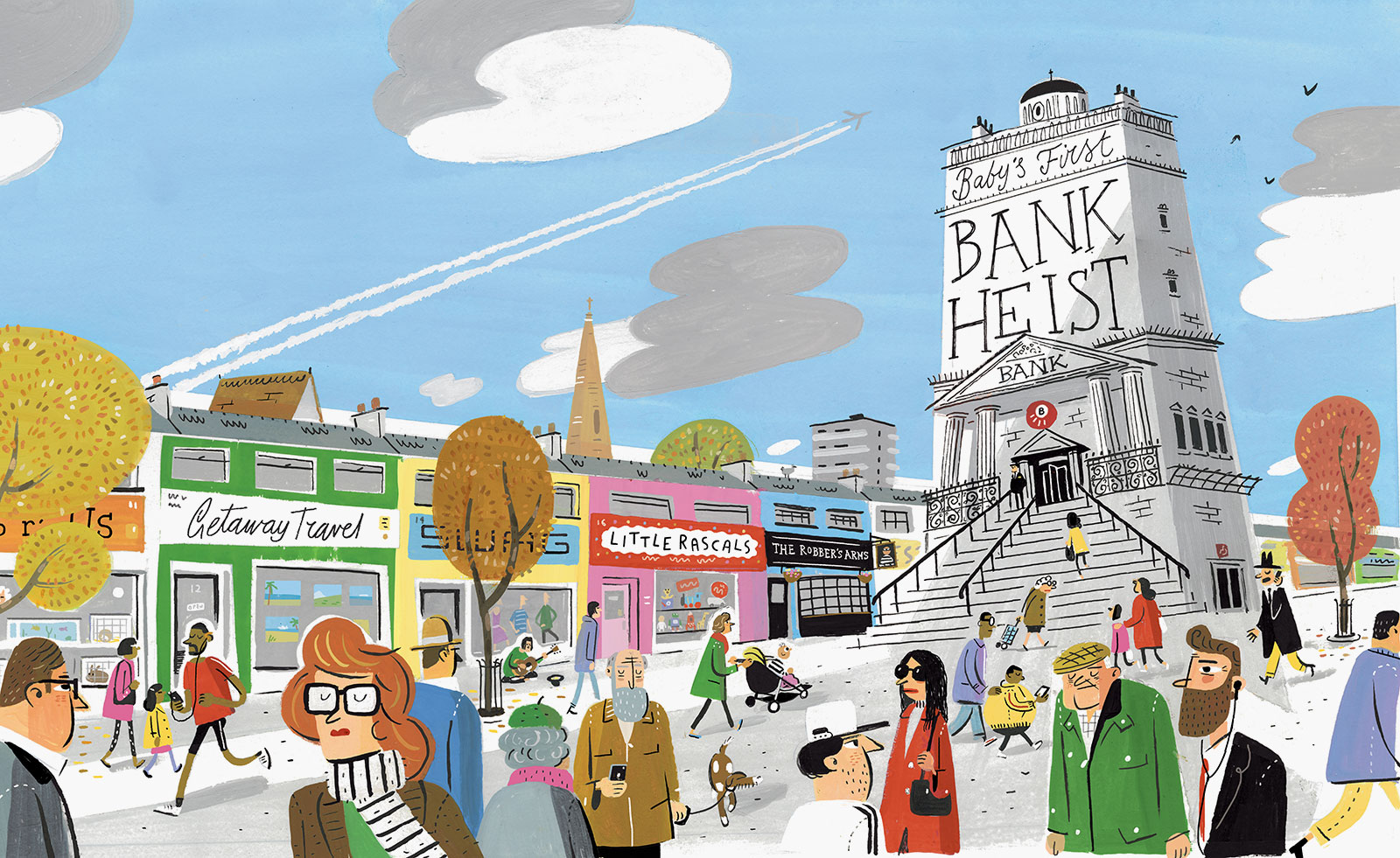
Ever wondered what exactly goes through the weird and wonderful mind of a comic illustrator? Throughout April, visitors to Apple’s Regent Street flagship in London can explore a new theme in comic book illustration, from storyboarding, to character creation, lettering and composition.
During the Comic Art Series sessions, participants will have the chance to lay a three-frame strip of their own, using an iPad Pro and Pencil. The sessions have so far been led by illustrators Sam Taylor, Dan Woodger, and Stephen Collins, while Ruby Elliot will guide the final session, taking place on Monday 30 April (free registration here).
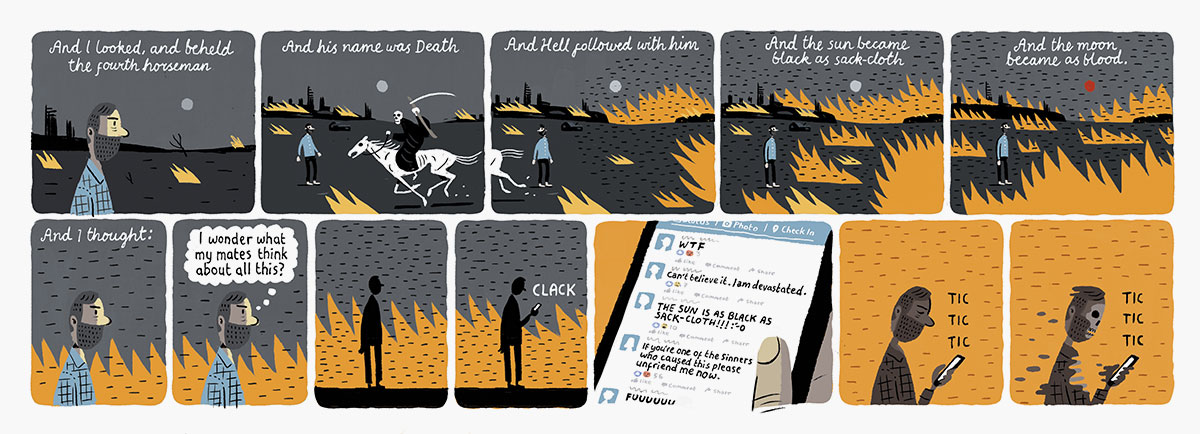
Armageddon, by Stephen Collins
The comic illustration workshops are part of Today at Apple, an initiative of free educational sessions offered in all 502 Apple stores across the globe, including photography, video, art and design, music, coding, and more. The hands-on sessions are led by experts and highly-trained team members, covering everything from the basics to professional-level programmes.
We caught up with illustrator Stephen Collins to find out more about his creative process and approach to digital creation...
W*: How long have you been involved in design?
SC: I’ve been an illustrator for 15 years and making comics for about 10.
W*: What does the iPad Pro allow you to do that traditional tools didn’t allow?
SC: Weirdly it’s actually a kind of return to more traditional techniques – typically in recent years most illustrators have performed at least part of their process by drawing on a Wacom tablet on a desk, while keeping their eyes fixed on a screen above the tablet. That’s always been quite an unnatural drawing experience, whereas integrated tablet computers are much more like drawing on paper, because you see the lines appear beneath the pen as you draw.
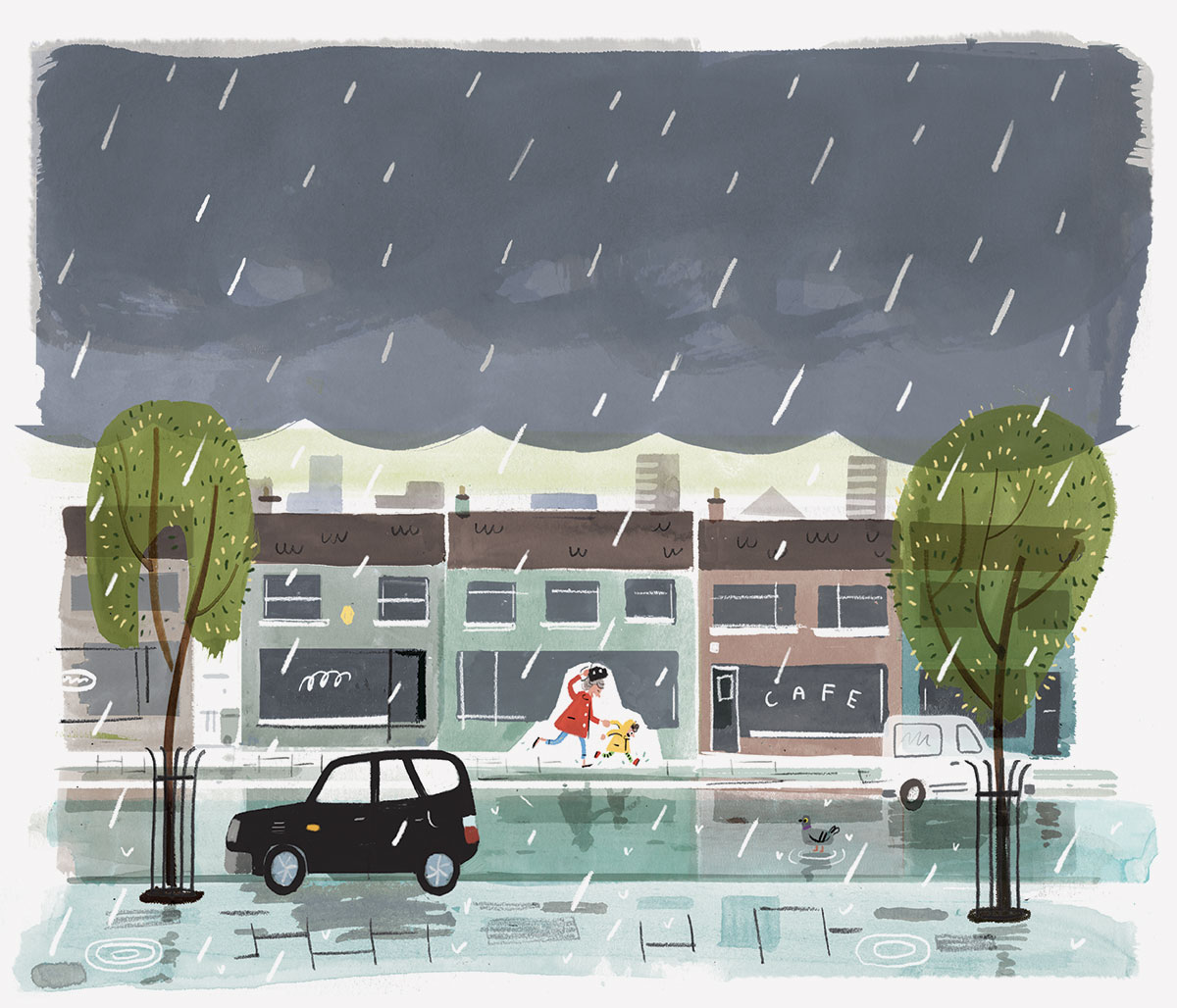
Grandkids, by Stephen Collins
W*: How does iPad Pro help your practice?
SC: It’s a very useful addition to my workflow - it can’t quite replace full Photoshop on a desktop yet but I use it to add finish details once I’ve tamed the layers down a bit. It’s also very handy for doing the detail work on the graphic novel I’m working on.
W*: Any tips or tricks for creating comic book design or characters on iPad Pro?
SC: You need to just play around with it to find how you can do your own thing on one of these devices. You’ll probably want to think small at first rather than just decide to do a big graphic novel on it, but once you’ve got the hang of how it can work for you it can be a really useful tool.
W*: Any favourite apps to help creation?
SC: I mostly use Procreate to do finishing details on the artwork, but I’ve just got the Clip Studio app – more familiarly known by its old name Manga Studio – and that seems very good. It’s designed to make comics on the iPad Pro alone, without recourse to a larger computer, so it’s the closest thing you have to a full-scale desktop app.
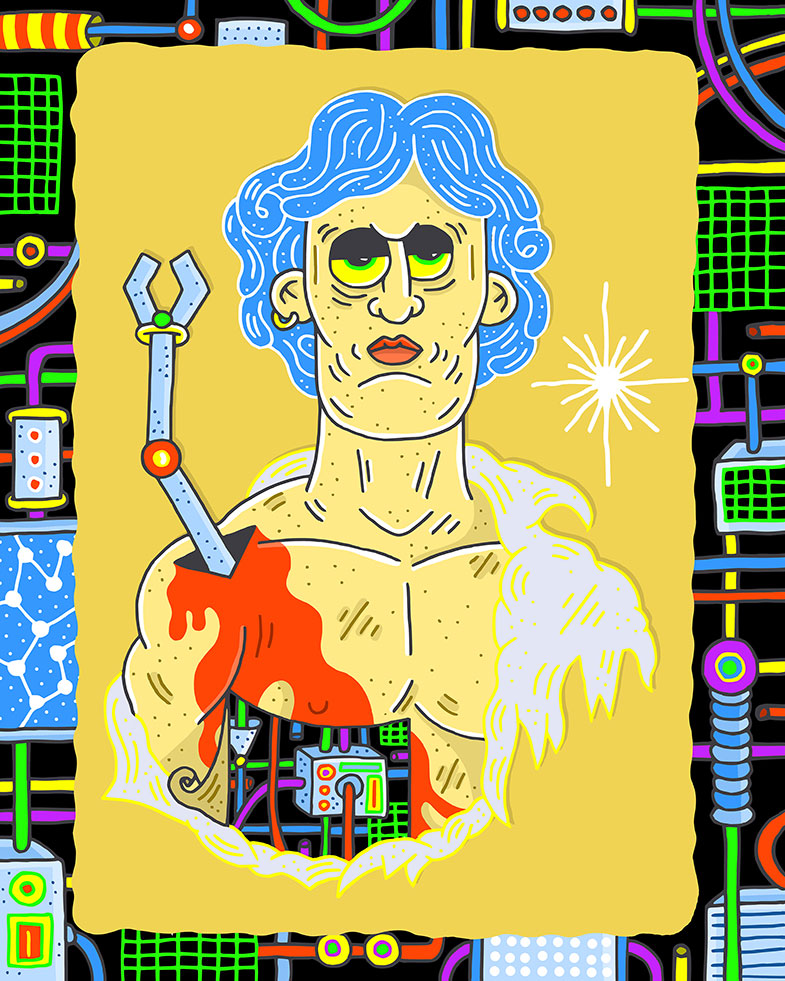
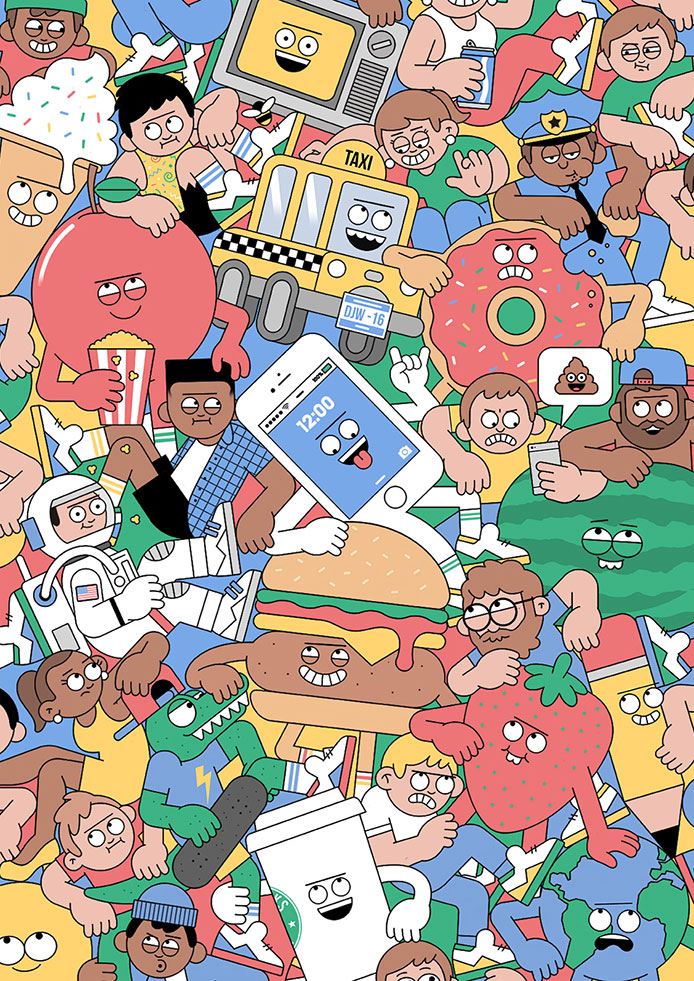
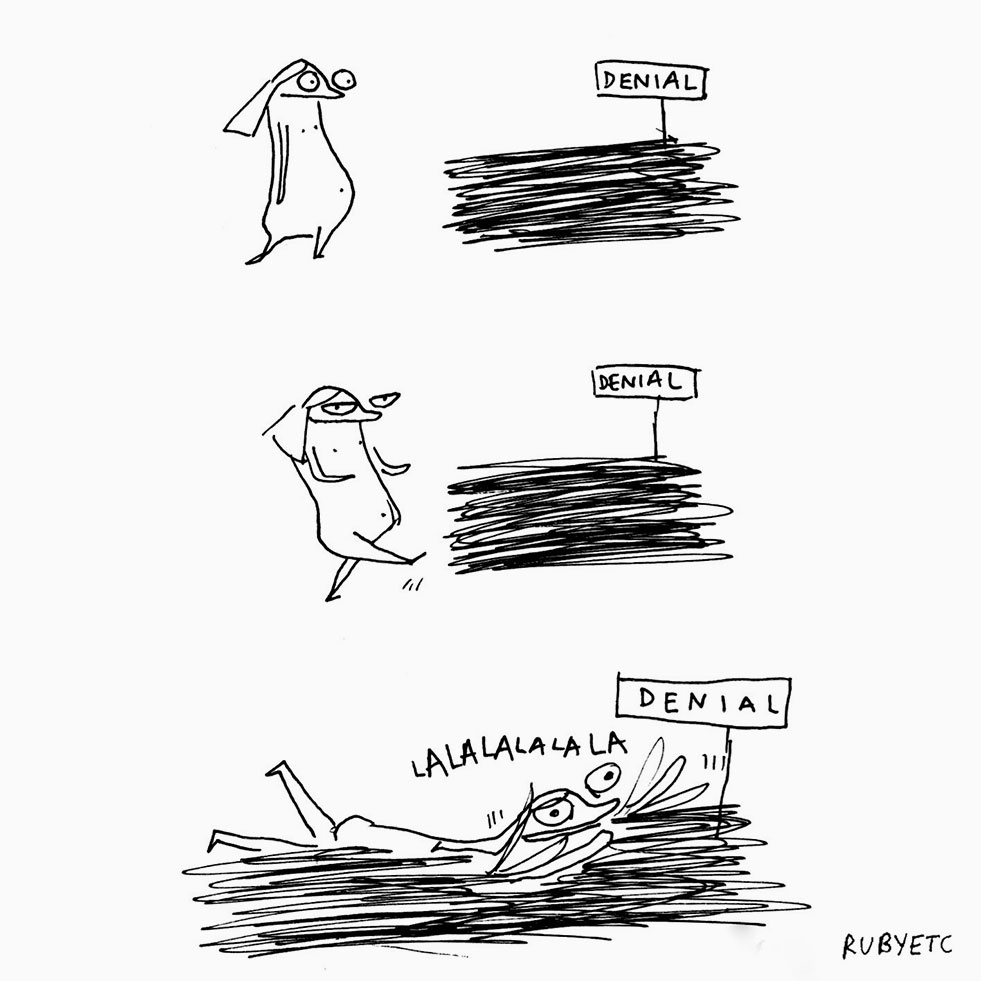
INFORMATION
Sign up for the next Live Art session with Ruby Elliot, taking place at Apple’s Regent Street store in London on 30 April, 6.30pm-8.30pm. For more information, visit the Today at Apple website.
ADDRESS
Apple
235 Regent Street
London W1B 2EL
Wallpaper* Newsletter
Receive our daily digest of inspiration, escapism and design stories from around the world direct to your inbox.
-
 Tour the best contemporary tea houses around the world
Tour the best contemporary tea houses around the worldCelebrate the world’s most unique tea houses, from Melbourne to Stockholm, with a new book by Wallpaper’s Léa Teuscher
By Léa Teuscher
-
 ‘Humour is foundational’: artist Ella Kruglyanskaya on painting as a ‘highly questionable’ pursuit
‘Humour is foundational’: artist Ella Kruglyanskaya on painting as a ‘highly questionable’ pursuitElla Kruglyanskaya’s exhibition, ‘Shadows’ at Thomas Dane Gallery, is the first in a series of three this year, with openings in Basel and New York to follow
By Hannah Silver
-
 Australian bathhouse ‘About Time’ bridges softness and brutalism
Australian bathhouse ‘About Time’ bridges softness and brutalism‘About Time’, an Australian bathhouse designed by Goss Studio, balances brutalist architecture and the softness of natural patina in a Japanese-inspired wellness hub
By Ellie Stathaki
-
 ‘Dressed to Impress’ captures the vivid world of everyday fashion in the 1950s and 1960s
‘Dressed to Impress’ captures the vivid world of everyday fashion in the 1950s and 1960sA new photography book from The Anonymous Project showcases its subjects when they’re dressed for best, posing for events and celebrations unknown
By Jonathan Bell
-
 Daniel Arsham’s new monograph collates the works of the auto-obsessed American artist
Daniel Arsham’s new monograph collates the works of the auto-obsessed American artist‘Arsham Motorsport’ is two volumes of inspiration, process and work, charting artist Daniel Arsham’s oeuvre inspired by the icons and forms of the automotive industry
By Jonathan Bell
-
 Era-defining photographer David Bailey guides us through the 1980s in a new tome not short of shoulder pads and lycra
Era-defining photographer David Bailey guides us through the 1980s in a new tome not short of shoulder pads and lycraFrom Yves Saint Laurent to Princess Diana, London photographer David Bailey dives into his 1980s archive in a new book by Taschen
By Tianna Williams
-
 Inside Joan Didion’s unseen diary of personal relationships and post-therapy notes
Inside Joan Didion’s unseen diary of personal relationships and post-therapy notesA newly discovered diary by Joan Didion is soon to be published. Titled 'Notes to John', the journal documents her relationship with her daughter, husband, alcoholism, and depression
By Tianna Williams
-
 Carsten Höller’s new Book of Games: 336 playful pastimes for the bold and the bored
Carsten Höller’s new Book of Games: 336 playful pastimes for the bold and the boredArtist Carsten Höller invites readers to step out of their comfort zone with a series of subversive games
By Anne Soward
-
 Distracting decadence: how Silvio Berlusconi’s legacy shaped Italian TV
Distracting decadence: how Silvio Berlusconi’s legacy shaped Italian TVStefano De Luigi's monograph Televisiva examines how Berlusconi’s empire reshaped Italian TV, and subsequently infiltrated the premiership
By Zoe Whitfield
-
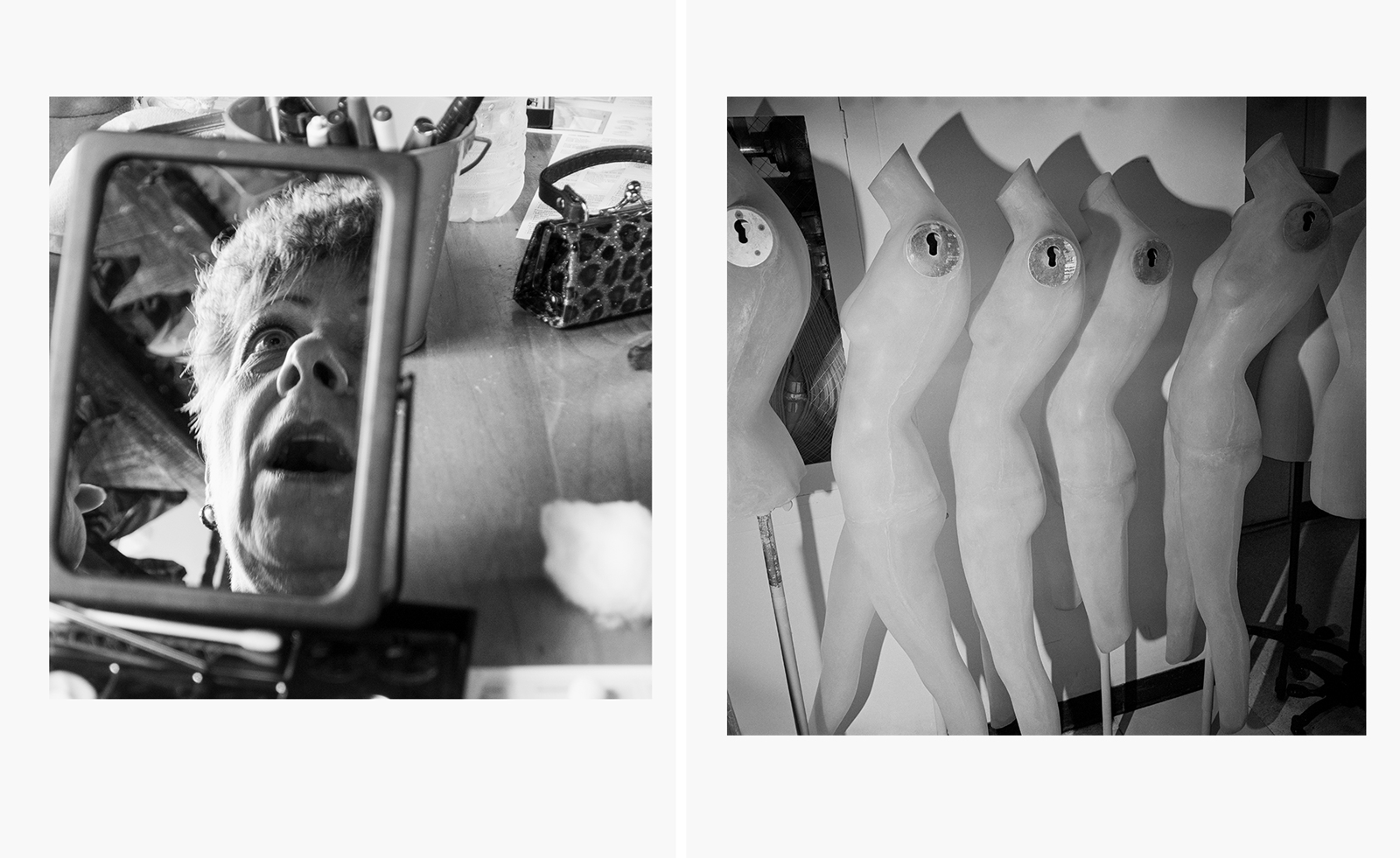 How a sprawling new book honours the legacy of cult photographer Larry Fink
How a sprawling new book honours the legacy of cult photographer Larry Fink‘Larry Fink: Hands On / A Passionate Life of Looking’ pays homage to an American master. ‘He had this ability to connect,’ says publisher Daniel Power
By Jordan Bassett
-
 New Jay-Z coffee-table book dives into the Brooklyn rapper's archives
New Jay-Z coffee-table book dives into the Brooklyn rapper's archives'Book of HOV: A Tribute to Jay-Z' is a hefty tome for a hefty talent
By Craig McLean